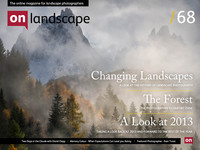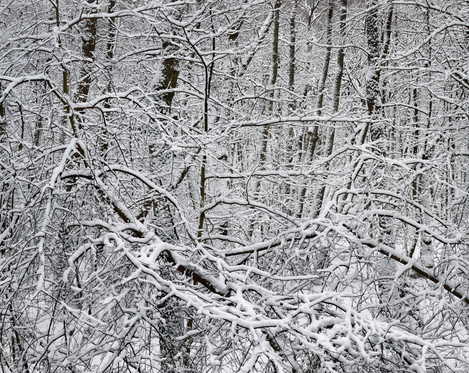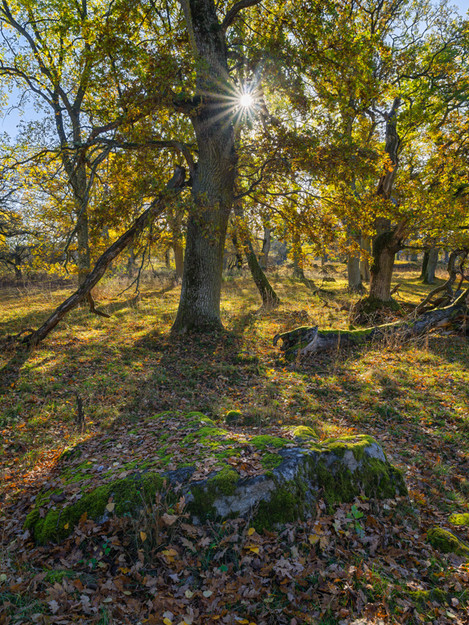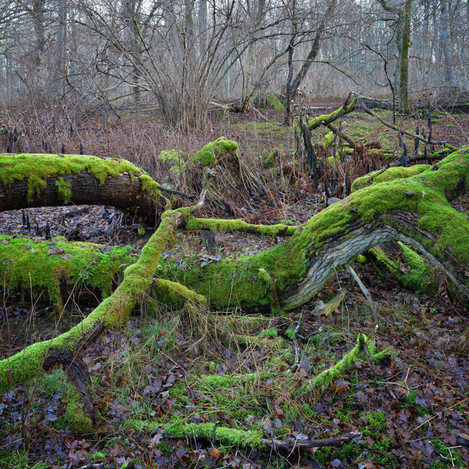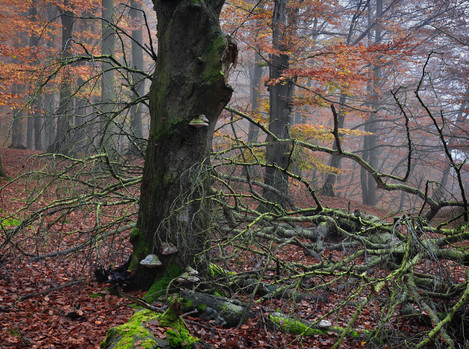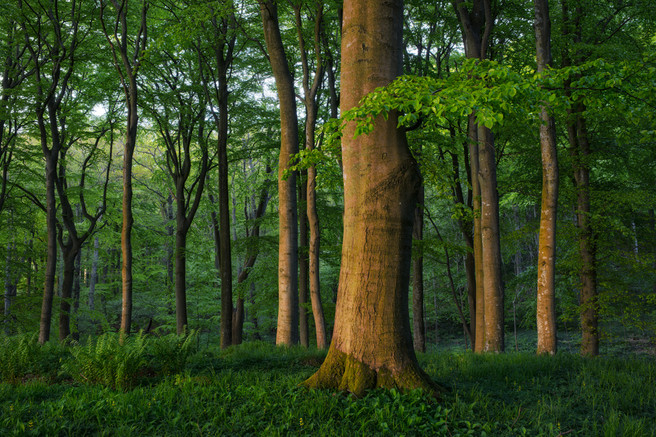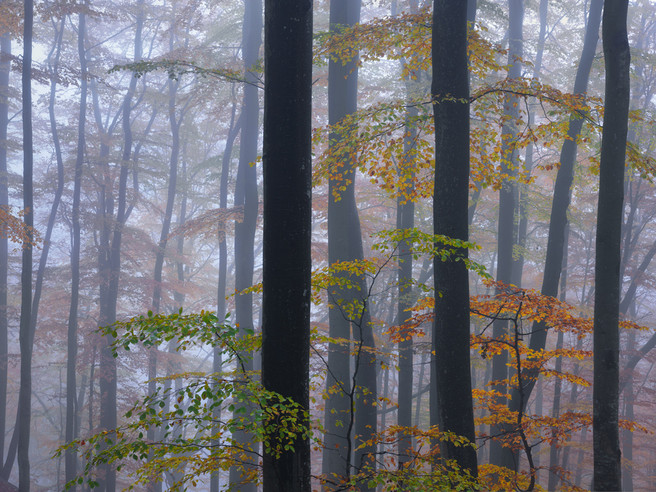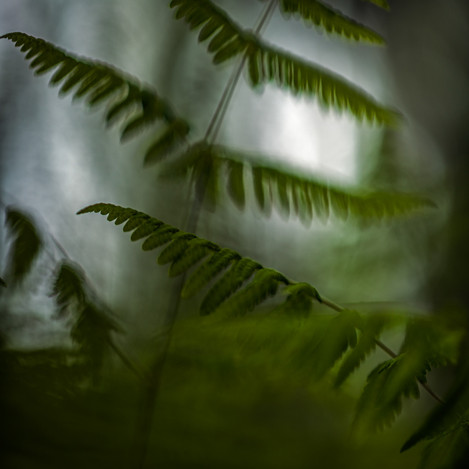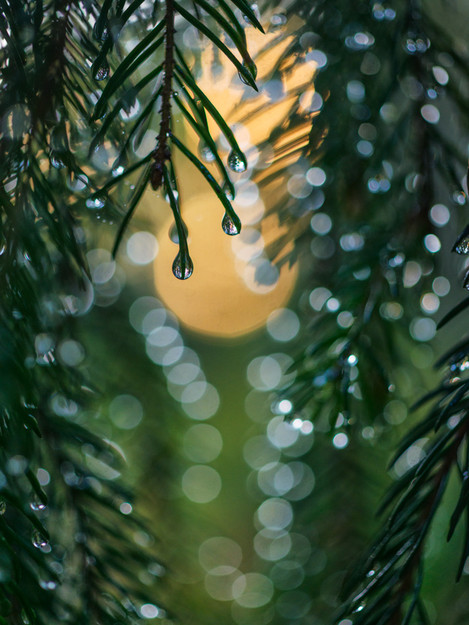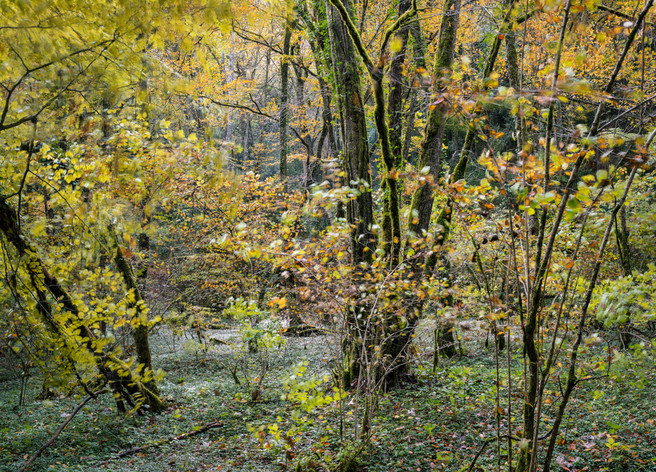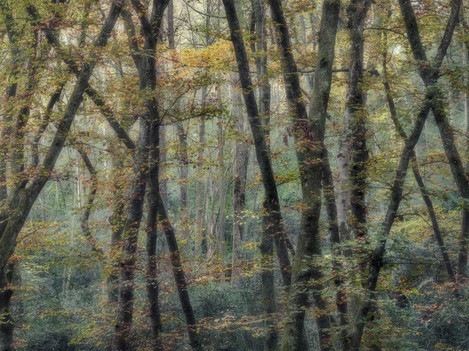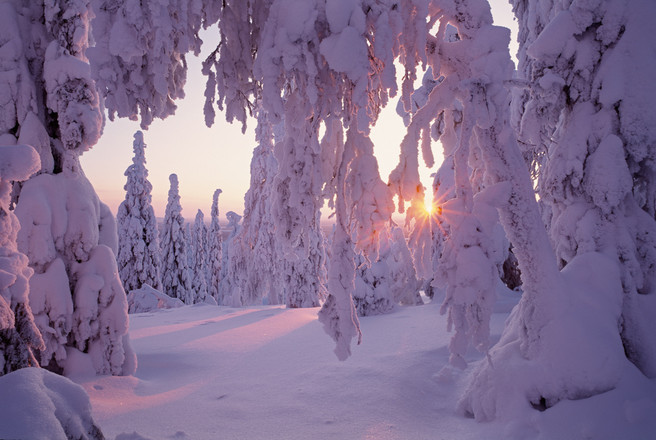A Photographers Ultimate Comfort Zone

Hans Strand
Hans Strand is an internationally recognised photographer who has received numerous awards for his work and published three books. He lives near Stockholm in Sweden.
Ever since I started photography in the early eighties I have been strongly attached to the forest. The tranquillity, the scents and the feeling comfort being embraced by trees, stimulates my senses. By stepping into a forest I transcend into a meditative stage, where I forget the stressful dayly struggle and become a photographing indian, looking for camera compositions. I really like this friendly “hunt“ for new perspectives. I often return to the same forests over and over again. Almost everytime to discover changes from the previous visit: a tree has fallen and some new ones have popped up. It feels like somebody had rearranged the furniture in my living room. Sometimes to the better and sometimes to the worse. The pace of the forest is slow, but it has a pace. It is amazing how much a forest can change over a period of 20 years.
A forest is the most “relaxed” environment I can think of. I therefore seldom look for sensation. I normally take my time just looking for complexity and naked reality. A natural chaos can be given order by finding the structures which holds it together. To find “the back bone” is always a challenge and it takes time. It is a combination of seeing and being meticulous with choice of lens, camera position and framing.
American landscape photographer Galen Rowell said that light is everything. I don´t agree. Enhancing light is, as I have expressed earlier, of less importance to me. My favourite forest light is overcast conditions. This kind of light gives me the time I need to find my subjects and to give them a good framing. Galen´s statement works for mountain photography, but in the forest, composition is far more important than enhancing light. An image can work very well without “great light” , but it certainly does not work without a good composition. A combination of both is of course to prefer. A misty sunrise is fantastic, but it seldom gives me time enough to make intellectual photographs. If I decide to chase the light, there is always a shortage of time and I have to rush and more or less shoot what ever is possible, before the light is gone. The vast majority of viewers of though, tend to love the romanitic sunrises, shot in a rush, in front of the more quiet and complex ones. To survive in the photography business I have to adapt to what the market wants. I therefore many times have to take pictures with two personalities. In two diverging styles, one quiet and sometimes introvert and one of the sweeter and easier to digest kind, more adapted for potential buyers and clients. An artist shall idealistically be free in his creative processes, but reality is often different and this may not be worse a problem than having two jobs. I think it is possible to develop both styles if you just allow them to.
Here I will show you some examples of these two ways of seeing:
This photograph was taken inside the city limit, just north of Stockholm, after a heavy snowfall. I was walking on the road on the edge of a swamp forest and stopped when I found this chaos of interacting tree branches and trunks. The complexity of the winter forest appealed to me almost like a spiders web. Although the majority of the viewers won´t see anything in this almost black&white colour photograph, I still think I found a functioning composition, with the backbone and the framework which holds the image together.
About 120km north of Stockholm there is a very nice grove of oaks. I use to go there in early May when the forest floor is covered with anemones and in late October for the autumn colours. This shot was taken last autumn during pretty harsh light conditions. To soften the light I let the sunshine through the canopy of the tree. I stopped down the lens to f16 to get a nice sun star and to get everything in focus. These kinds of forest shots are easy to digest. It is both colourful and powerful and has more commercial potential than the first one.
I took this image during the Christmas holidays last December. It was the mildest Christmas ever recorded in Sweden. Therefore there was no snow or frost on the ground. Green moss had given the branches of a decaying oak a soft and attractive velvety colour. There was no direction of light. In my opinion a perfect light for forest photography. There was plenty of time to find the composition I wanted. I tried to fill the entire frame with interesting components interacting with each other. The way I found it, the ideal composition was accomplished only in a square. I was using a total of 6 exposures to make the photograph. I decided to use two horizontal images stitched together into a square format. Each horizontal image was first to focus stacked from 3 different files with different focusings. When the focus stacking was completed I did the final stitching. The reason for all this extra hustle was to make an image with very high technical quality and maximum depth of field. It took a lot of work to make the image and thanks to the grey weather light situation there was a hurry either to find the composition or to do the exposures.
I found this fallen oak very attractive with its moss grown branches. The combination of life and death has always touched me and I have taken many images of dead trees over the years. In this image, the misty mood and the autumn colours were giving the photograph an extra lift. What would have been a rough and difficult photograph to take in in a different light situation is due to the mist suddenly quite compelling.
On the peninsula of Kullaberg, there is a very nice beech forest. Some of the trees are catching the last sunlight of the day. Here I was chasing both the light and of course something to put in the frame. I ran like a rabbit up and down the hill without really finding anything clever. Due to lack of time I was more or less forced to take a straight shot of some trees before the “beautiful light” was gone.
Mist is a blessing condition for forest photography. It softens the background and adds depth to the images. Here the influence of the mist is fading the background and gives it a slightly blue cast. The composition idea was to make a very clean and attractive image. I, therefore, excluded the ground and made the image only from trunks and branches. The image is quite easy to take in and represents the sweeter side of my photography.
I find close ups of forest details quite interesting to work with. It is like entering a secret realm when looking at mother nature through a macro lens. By using a large f-stop (here f2,5) I got an image with a nice bokeh, which totally resolves the background. Only by looking through the camera and moving it up and down and in and out, you can decide how an image shall be composed and focused. Here I cropped the original image into a square. This is to give the photograph more attitude and to tighten the composition.
A similar strategy as in the previous image, but here with a more showy result. It was shot very close to my summer house, right after a short but intense summer rain shower. I saw the water drops still sticking to the needles of spruce and stuck the camera, with a macro lens, into one of the wet branches. Again I saw something which my eyes could not see without the camera. Lots of out of focus water drops filled the image with bright shining circular spots. In the background, there was also some warmth of the setting sun. The difference in colour temperature between the foreground and the blurred background contributed to an almost 3D effect. I handheld the camera to speed up the shooting, since the water drops were disappearing quickly and used f 2,8 to get a short depth of field and a nice bokeh.
Close to some of the best vineyards in the world, in Gevrey-Chambertin, there is a very nice forest reserve named Combe de Lavaux. This image was for a certain shot in neither ideal light or wind conditions. It was very very windy and strong sunlight was seeping through the forest. At this location of the forest, the sunlight was suddenly moderated by a passing cloud and at the same time the wind really picked up. I realized that this was an opportunity to try something different than the standard sharp stuff. To really get as much motion blur as possible I stopped the lens down to f16 and the ISO setting down to ISO50. This combination gave me a shutter speed of 0,6 seconds. Enough to allow the branches and the leaves to move around quite a bit. The result came out on the impressionistic side with intense colours and a complex chaos of trees.
This image was made the year before the previous one. At home, I was playing around with a new software ( Color Efex) and started to try all kinds of different options. Of which about 95% were just different ways of destroying my images. All of a sudden I had this result which I liked. It gave the image a “fairy tale” look. The only problem is that I never recorded what the heck I was doing to the image. I have tried to come to the same result with other images and even with this the same image, but I have never ever come close to this expression. It is not a representative image of the way I present my work, but still an image I like.
In this image, I found the composition the day before, just when the light faded before I was able to take the picture. I, therefore, returned to the same spot the next day. Rigged my camera and waited for the last light of the day. I wanted to have this tight composition with some lichen grown Douglas Firs framing an old giant Sequoia. I used the swing function on my Linhof Technicardan 6x9 cm to create an optimal focal plane, to bring most of the trees into focus and stopped down to f45. I am happy with both the composition and the influence of enhancing light in this image.
Twenty years ago I went to the northern part of Finland to photograph the winter in the Taiga forest. I realized at once that the best images were made in the classic enhancing light, just after sunrise and right before sunset. The winter forest did just not work in overcast conditions. This made the shootings very stressful. I just needed to find a composition that really worked during these few colourful minutes. In this case I was taken up on a hill by a snowmobile by my Finnish friend and photographer Hannu Hautala. The snow was a meter deep and moving around was almost impossible. On a slope facing towards the sunset, I eventually found this setting of nice looking trees. I placed my Linhof in the soft snow and worked out a composition I liked and waited for the sun to shine through the branches. The light only lasted for a couple of exposures, before the sun was blocked. This remains one of the sweetest winter images I have ever taken. It is close to eating bananas and ice cream, but I still like it.

